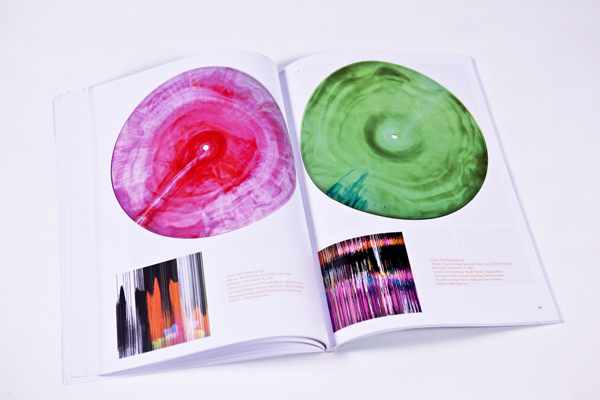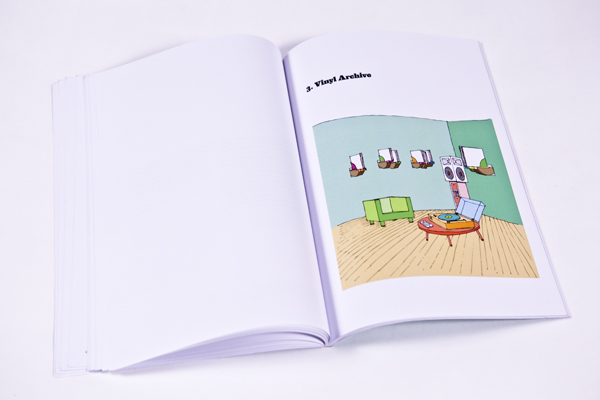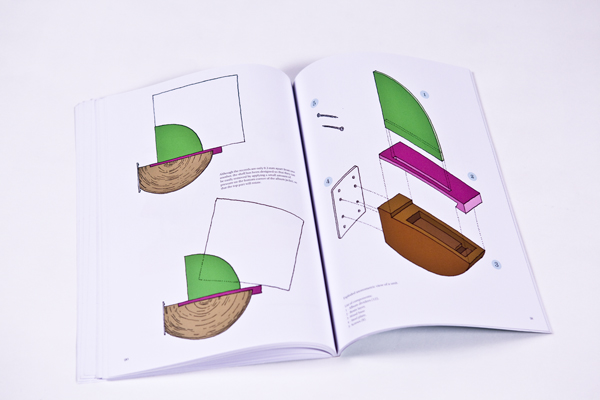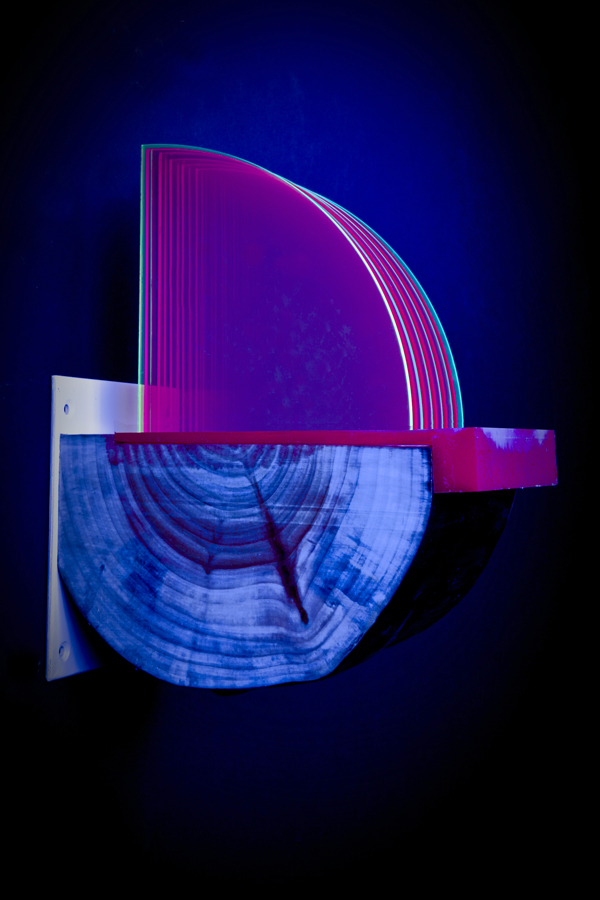Vinyl Archive
My thesis begins by exploring the world of packaging for the music industry, illustrating its evolution as an interactive art object.
By presenting a series of examples, ranging from the very first record cover all the way to more contemporary phenomena, my
research shows that these objects today have more in common with artist’s multiples, as opposed to industrial mass produced
products. The recent resurgence of the vinyl format is also documented and discussed through data, interviews and quotes by
relevant personalities of this field. This research was helpful to define the main features of my project as, being designed for the
same user target, should utilize the same strategies employed by contemporary forms of design for the music industry.
At this point I focused on my users, mostly through a recent series of sociological studies on the record collector.
Vinyl Archive is an interactive shelving system for the diehard record collector; it is comprised of a shelf and an iPhone app,
which communicate with one another via bluetooth. The shelf has been designed to store 12-inch vinyl lps; the application
allows users to interact with their record collections through a series of functions: for example, to locate any particular record,
a single click on the album cover will make the shelf and the corresponding dividers (which contain it) glow, allowing the user
to find exactly what he’s looking for within a matter of seconds.
Therefore, this is a hybrid archiving system, which applies the ease and intuitiveness of file management to physical objects,
such as records. Therefore, Vinyl Archive aims to: catalog, order and display the collection; allow users to easily locate each piece;
create an informational data base; be modular. Except for the hardware, the Vinyl Archive Shelf is made entirely in eco-friendly
materials (acacia wood, bioplastic and steel), and its design is playful and ironic. The iPhone application, on the other hand,
employs simple design solutions, which make it easy to use and navigate. This aesthetic choice was made because the user
experience is based on the interactions between the user and the shelves, as opposed to the actual application. Additionally,
the user tests that I was able to conduct were successful in proving that the system is intuitive, allowing users to familiarize
themselves with how it works in just minutes.
Read the report:







